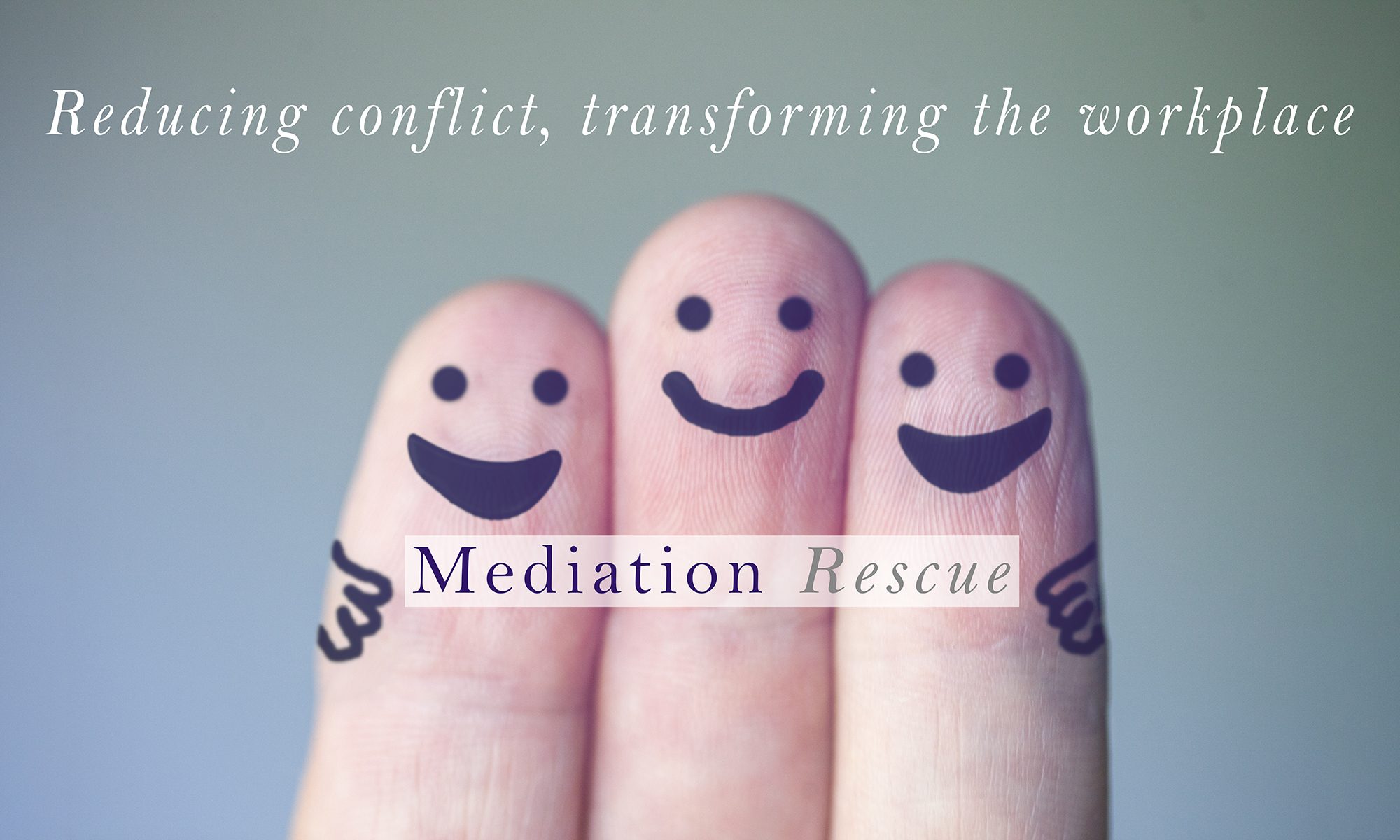Conflict is not all bad. Indeed, it can be very good. A degree of conflict is probably inevitable in almost any situation involving prolonged human interaction, so finding a way to harness its positive effects will always be a good approach to adopt. This is especially true in the workplace where the consequences of failing to approach conflict positively can be very damaging to the whole organisation.
Many of the seriously negative consequences of conflict within an organisation come from a failure to identify and deal with the conflict at an early enough stage. The vast majority of conflicts in workplaces arise and then spiral out of control as the result of poor or ineffective communication between people. Sometimes this is between a limited number of individuals, but it may be between departments or regions or even between subsidiaries and parent organisations. The cause can be a large organisational restructuring across the whole business or an apparently minor change of roles and responsibilities for an individual employee, but it can also be sparked by incredibly trivial issues such as a suspicion that someone is stealing other people’s food from the communal fridge in the staff restroom.
If left unaddressed even the most minor matter can evolve into a conflict that threatens the whole business. The staff who suspect their co-worker of stealing their sandwiches from the fridge may decide to ostracise the co-worker or cut off a stream of information that is essential for that person to work effectively. This in turn may impact not only on the morale of the department, but may affect the productivity of the co-worker and have serious knock-on consequences for the rest of the business, including relationships with suppliers or customers.
Many organisations do not deal well with conflict situations. Workplace issues are traditionally dealt with by processes such as grievances or disciplinaries. However, these are incredibly time-consuming and expensive, especially if there are multiple grievances or parallel processes where outcomes may also be the subject of appeals. They may also lead to terminations of employment with the attendant costs of recruitment and legal costs if the departing employee chooses to bring proceedings.
Cultural changes that promote open discussion and the addressing of issues early and constructively can have a very significant impact on the ability of organisations to take advantage of the positive effects of conflict. When miscommunication or misinterpretation of conduct takes place, conflict can flare up quickly and can soon evolve into a very negative and damaging situation. A key aspect of introducing a resolution culture is equipping managers and other staff with the soft skills required to have the ‘difficult conversation’. It is also essential to create an atmosphere in which people are not afraid to raise concerns before they become a real problem.
At the same time as equipping the employees with the soft skills to raise and deal with issues as they arise, it is wise to consider the introduction of processes and forums within which conflicts can be resolved more readily if the informal discussion is not sufficient. These processes may include the possibility of in-house mediation, where staff trained in mediation facilitate a resolution of the issue between the affected parties. This may also be supplemented by an independent and external mediation service when it is important to have the resolution facilitated by someone with ‘no axe to grind’.
Mediation has very high success rates for resolving workplace conflicts and is especially good at assisting parties to identify their common needs and promoting a collaborative approach to resolving conflicts. It can help to fix apparently broken relationships and can forge stronger relationships going forward based upon improved communication and mutual understanding. This in turn can lead to a multitude of other benefits for the organisation as well as the individuals involved.
Positive effects of conflict include:
|
Negative effects of conflict include:
|

